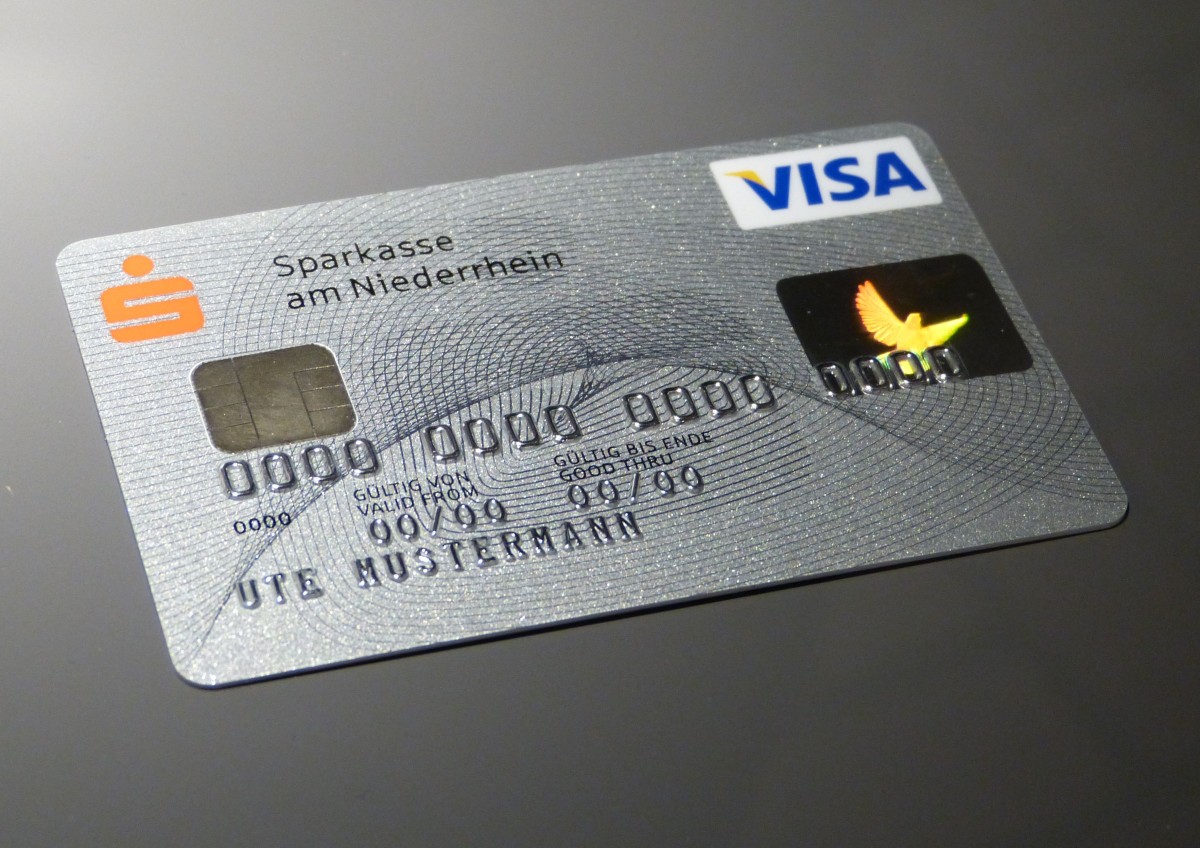
Every time we make a bank transfer, an alphanumeric code appears – one we might overlook but which is crucial to ensuring the money reaches its intended destination without error: the IBAN (International Bank Account Number).
Since its introduction, the IBAN has become an essential tool for direct debit payments, payroll collection and international transfers. In this article, we explain everything you need to know about the IBAN.
What is an account's IBAN?
Every time a bank transfer is made, an alphanumeric identifier known as an IBAN appears. This code uniquely identifies a bank account in the countries that use the system.
Before its introduction, international payments were complex: each country had its own rules and fees, making transactions difficult and often confusing, as it was hard to determine the origin of an account. The implementation of the IBAN allowed financial institutions to automate and standardise transfers, reducing both errors and costs.
Since February 2014, the traditional Current Account Code (CAC) has been phased out in Spain and replaced by the IBAN.
What is the IBAN code for?
This code is essential for everyday transactions, including making transfers, setting up direct debits, receiving payroll and paying Social Security contributions.
When sending money from the bank app, you usually have to enter:
- The name of the recipient person or entity.
- The IBAN of the receiving account.
- The amount to be transferred.
- A description or reference (optional).
This way, the IBAN ensures that the money arrives correctly in the specified account, with no room for error.
How to calculate the IBAN?
The IBAN begins with two letters indicating the country, followed by two check digits. This is then followed by up to 30 alphanumeric characters corresponding to the bank account number itself.
Although the length of the IBAN varies by country within the SEPA zone, the standard specifies that it cannot exceed 34 characters in total.
It is important to distinguish between the IBAN and the BIC (Bank Identifier Code): the IBAN identifies the account, while the BIC indicates the bank receiving the transfer.
Where do I get the IBAN code?
The quickest way to find an account’s IBAN is through your bank’s app or online banking platform, where all account information is displayed digitally. It can also be found on your bank book, statements and even direct debit receipts.
In addition to the IBAN, these documents often include other important details, such as the SWIFT or BIC code, which is essential for making international transfers to countries outside the SEPA zone.
